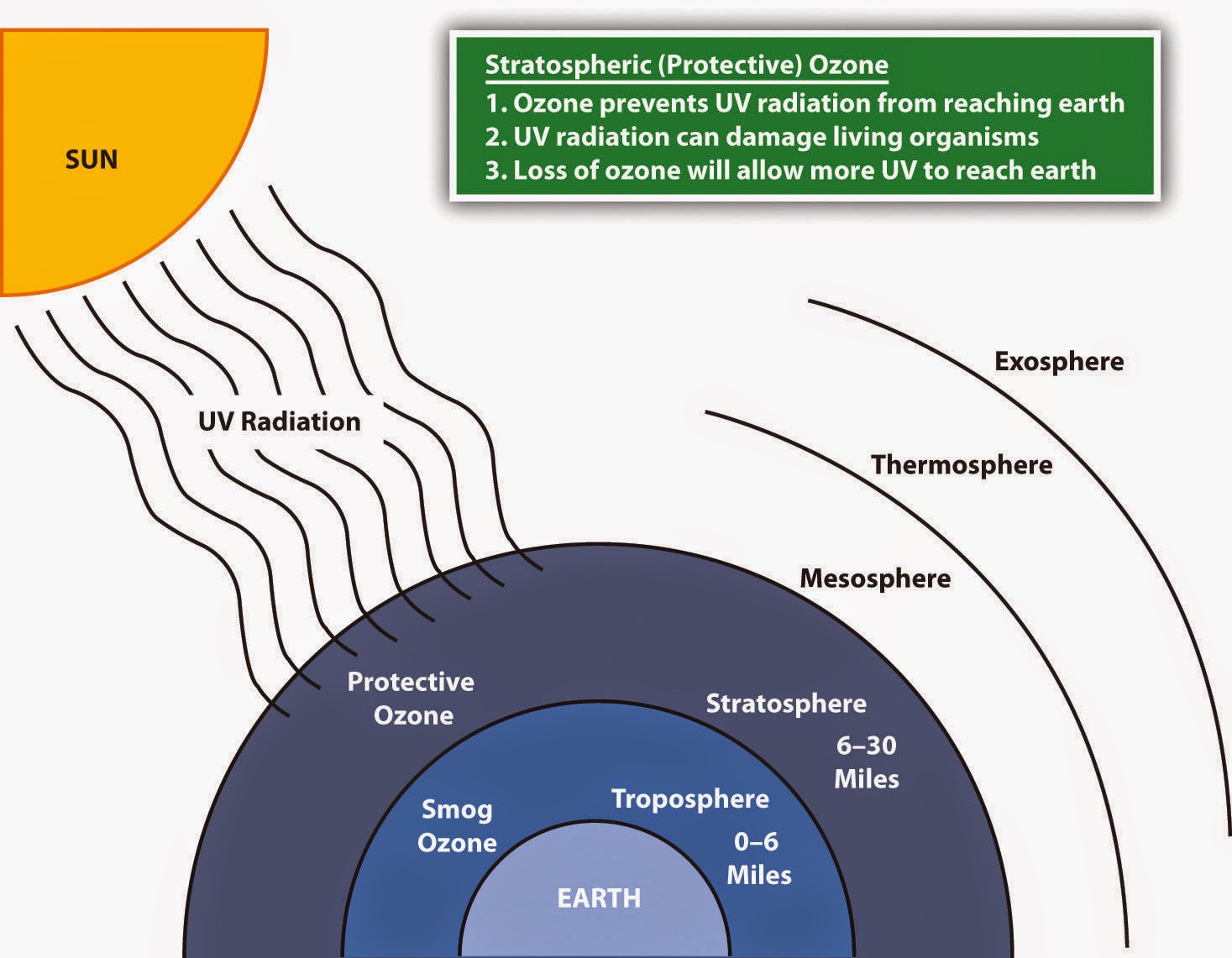
Uvc radiation windows#
Home windows are generally made from double-layered soda-lime glass. Now that we have seen that UV radiation does in fact come through to us while driving, let’s see whether or not we are safe while at home or at work (with pictures of the windows used):
Uvc radiation skin#
The lack of efficiency behind these side windows are the cause for many studies done in which it was concluded that people who had spent a lot of time driving a car were more likely to develop skin cancers on the left sides of their bodies and faces - the side exposed while driving. Tempered glass is known to block 60–70% of UVB rays, but not UVA. The side window of your car is made out of a different type of glass (tempered glass). The problem, though, is that windshields only protect the front side of your face. Laminated glass is made from laminated plastic between two layers of glass, which is known to block 98–99% of all UV light. It is important to note, however, that windshields are made from laminated glass - a type unique to windshields. The results were condensed into one graph as a means to compare the UV coming through.Īs you can see, the windshield seems to be an effective medium blocking UV radiation - which, in other words, means that you are generally safe while behind the wheel. Each of these recordings were made in accordance with the sun’s orientation (morning recordings were done with the window facing east, afternoon with window facing west) Resultsīelow is the data for the car’s detected UVI (along with pictures of the windows themselves). Measurements were taken at three different times during the day: in the morning (9 am - 10 am), early afternoon (1 pm - 2pm), and late afternoon (5pm - 6pm). I measured these three components behind a regular home window (same type of glass as a clear glass door or office window), a car windshield, and a car’s side window. To determine how much ultraviolet radiation comes through the windows we spend our lives behind, a Shade sensor and a radiometer were used in order to accurately measure the UVA, UVB, and UVI (0–3 ft. We utilize the UV Index (UVI), which is the medically accepted medium for determining how UV rays affect our skin.


UVA rays account for 95% of the UV radiation on earth’s surface, and penetrate the second layer of our skin (dermis).Įven though UVB constitutes a small fraction (5%) of the total UV radiation, it has a higher impact on human health and needs to be weighted higher. UVB rays only affect the top layer of our skin (epidermis), and are the cause of most sunburns. UVC rays are absorbed by the atmosphere, and thus do not affect us. These are UVA, UVB, and UVC they decrease in length from ‘A’ to ‘C’. UV radiation has three different components of varying wavelengths.


 0 kommentar(er)
0 kommentar(er)
